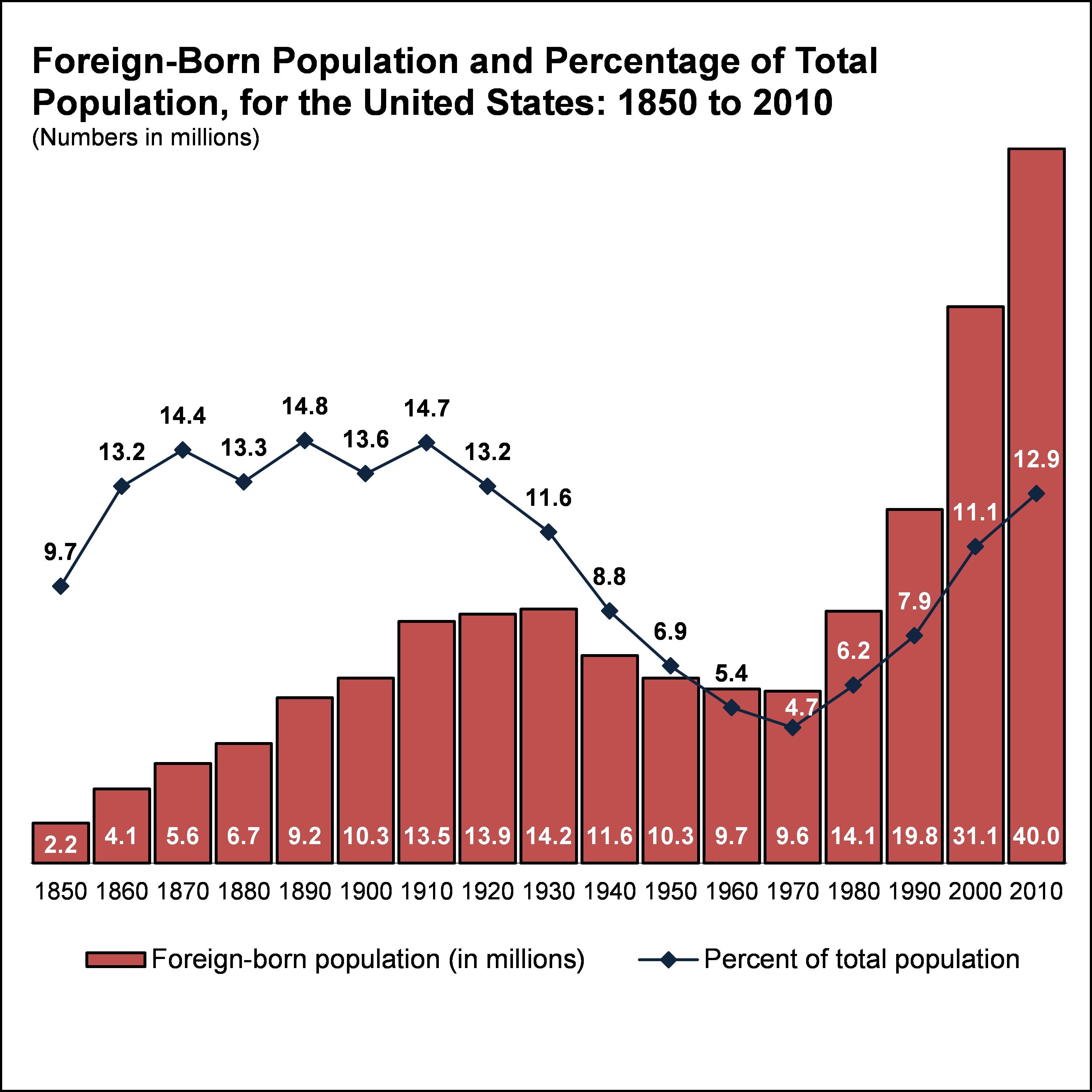For Thursday, Hershey ch. 2. First writing assignment: topic suggestions welcome!
NH Primary
What is a party? How does it differ from an interest group?
Why Parties? What do parties do?
Every large democracy has parties.
Countries without legal political parties.- Bahrain – Political parties are banned; candidates must be independent.
- Kuwait – Political parties are banned; candidates must be independent.
- Niue
- Oman – Political parties are banned; candidates must be independent.
- Qatar – Political parties are banned; candidates must be independent.
- Saudi Arabia – Political parties are banned.[1]
- Tuvalu
- United Arab Emirates – Political parties are banned; candidates must be independent.
- Vatican City State
Party competition and the power of incumbency
Party Systems (Hershey ch. 1)
CHANGES IN THE PARTY SYSTEM REFLECT CHANGES IN THE NATION'S DEMOGRAPHIC AND ECONOMIC MAKEUP.
First Party System: 1792–1824
The line is now drawn so clearly as to show on one side, 1. The fashionable circles of Philadelphia, New York, Boston and Charleston, (natural aristocrats), 2. Merchants trading on British capital, 3. Paper men (all the old tories are found in some one of the three descriptions). On the other side are, 1. Merchants trading on their own capital. 2. Irish merchants. 3. Tradesmen, mechanics, farmers, and every other possible description of our citizens.
In those days, presidential electors were chosen by the state legislatures, and New York’s legislative elections were held early, in April. By outmaneuvering Hamilton and the Federalists, and briefly uniting the bickering Republican factions, Burr secured New York for Jefferson. He did it by employing what we would admire as a strong political ground game. Rather than affecting to be above politics, as Jefferson did, for example, Burr campaigned openly, made detailed lists of likely voters and party donors, and turned his house into a campaign headquarters.
Federalists (die off by 1816) v. Democratic-Republican Party (also called "Democratic-Republican" or "Jeffersonian Republican").
Second Party System: 1828–1854
Third Party System: 1854–1892
Democrats v. Republicans. The Democratic coalition includes pro-business Southern Democrats, traditional Democrats in the North and Catholic immigrants, among others. The Republican coalition consists of businessmen, shop owners, skilled craftsmen, clerks, and professionals.
Fourth Party System: 1896–1928
Domestic issues changed to government regulation of business and banking, the tariff, the role of labor unions, child labor, political corruption and reform. racial segregation, women's suffrage, and immigration. The nation shifts from rural to urban, from mostly native-born to immigrant stock.
Away from the farm:

Fifth Party System 1932-1968

Fifth Party System 1932-1968
New Deal Coalition. African-Americans, union members, and ethnic and religious minorities, city dwellers, "the Solid South." Republicans have the leftovers.
Sixth Party System 1972-present
- Part A (1972-1988). South moves to GOP in presidential elections, and GOP wins 4 of 5 races, with 49-state landslides in 1972 and 1984. Democrats dominate downballot.
- Part B (1992-2020). Democrats dominate nationwide, winning popular vote in 7 of 8 elections. Parties trade control of Congress and GOP grows stronger in the states.

No comments:
Post a Comment
Note: Only a member of this blog may post a comment.